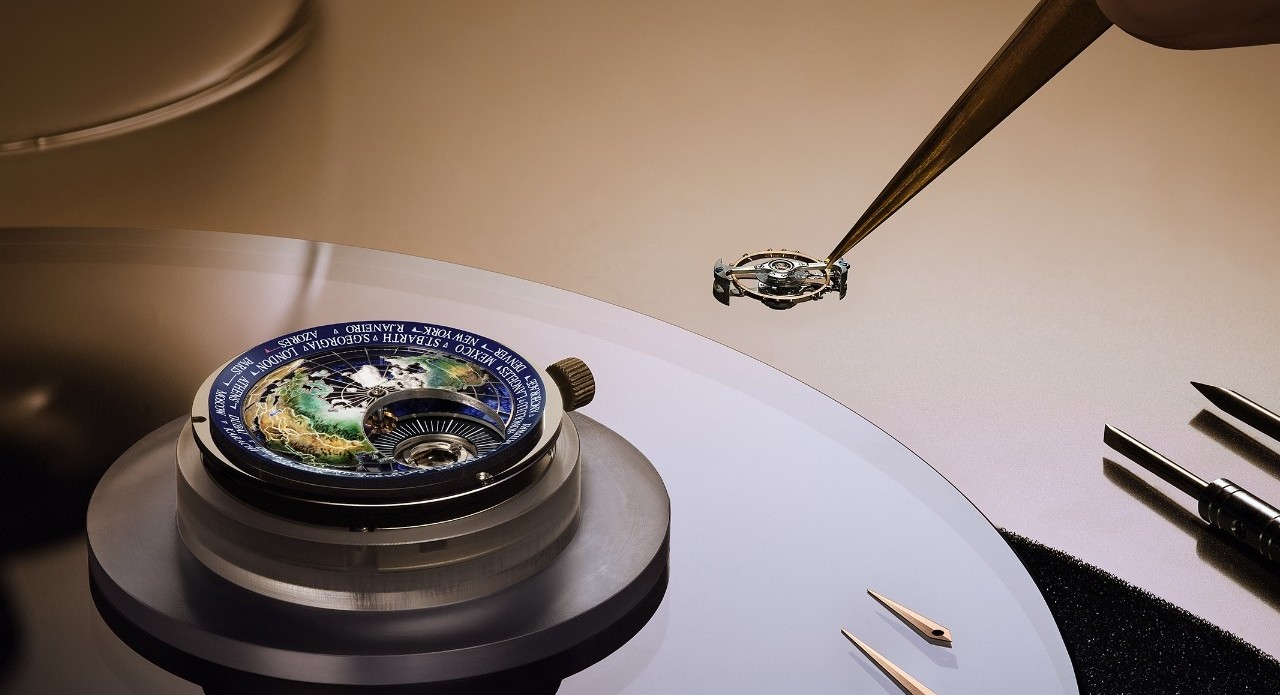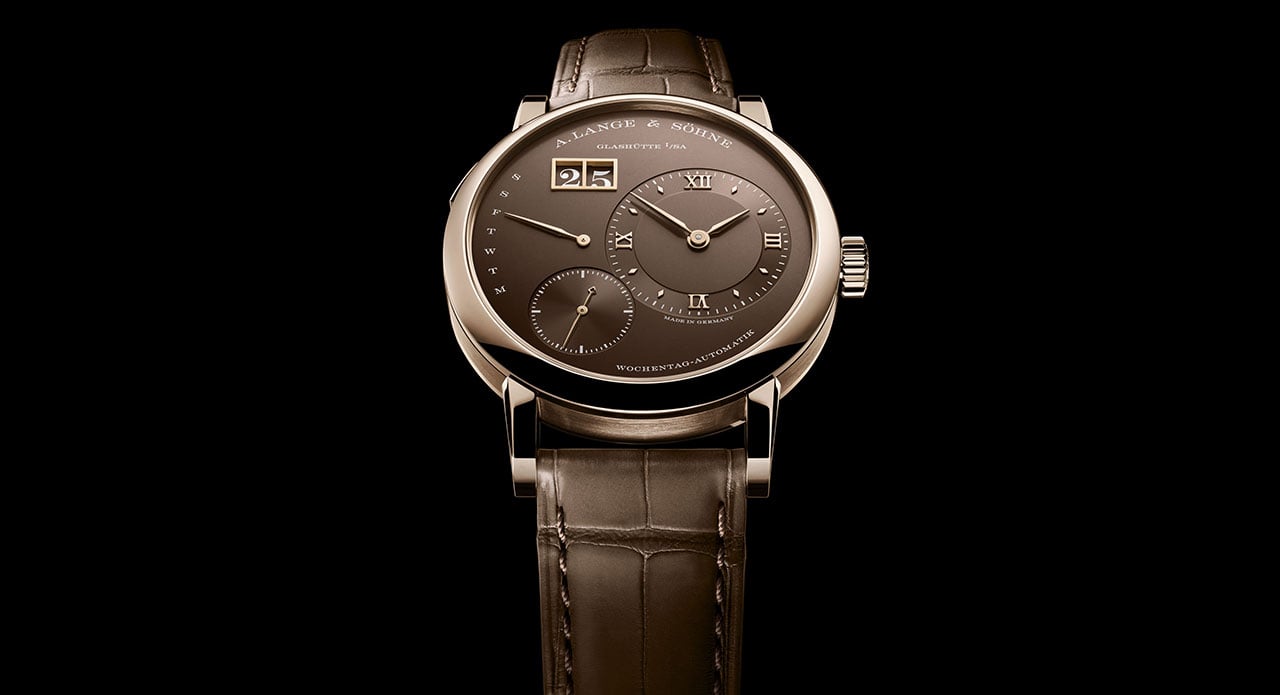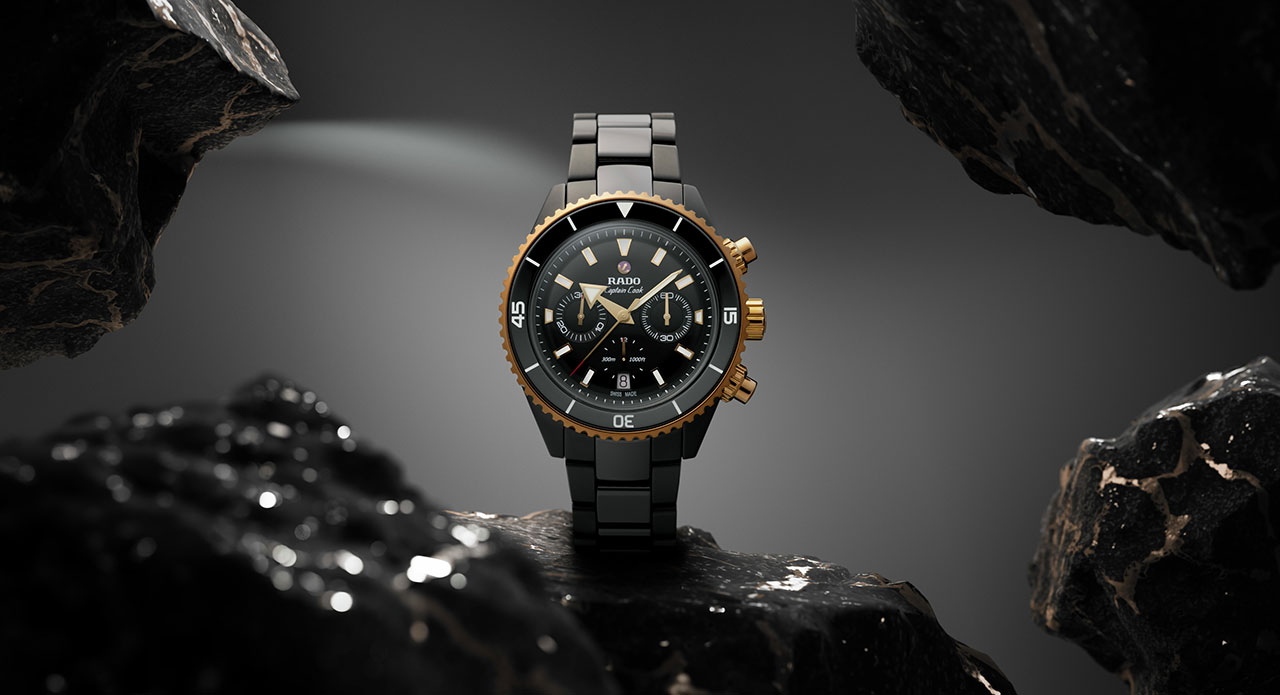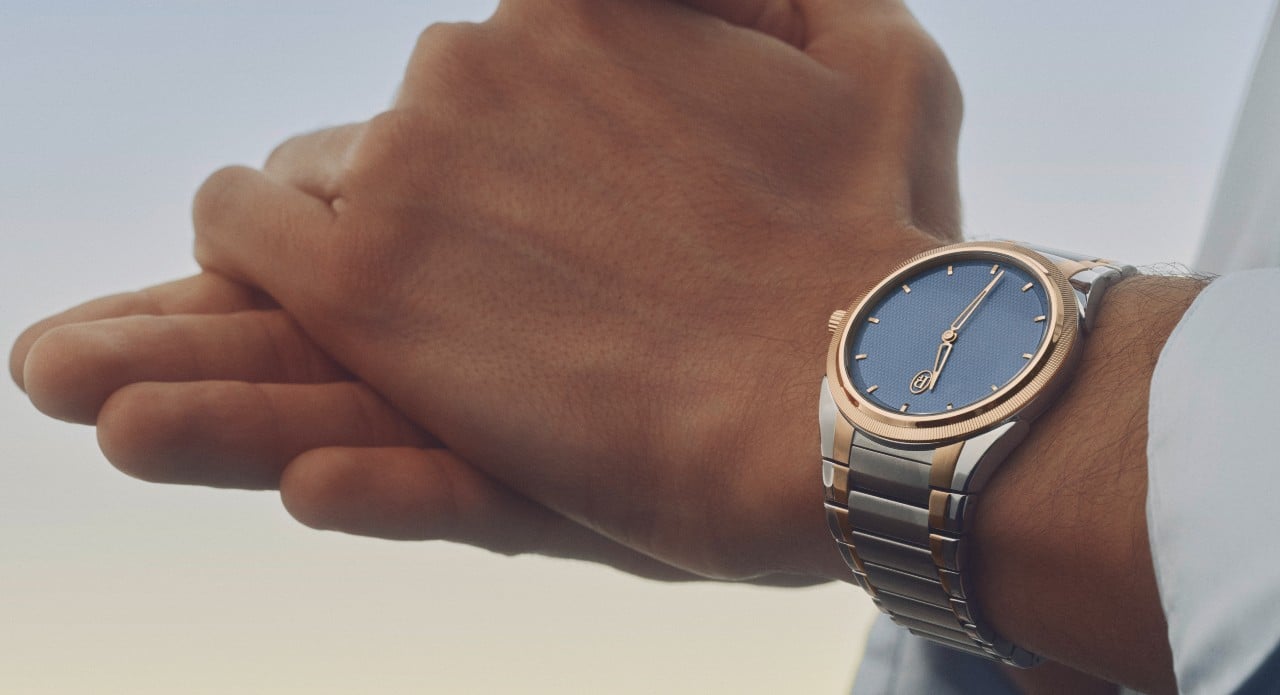In the grand narrative of watchmaking, few complications capture the imagination as vividly as the worldtimer. It is not merely a device to tell time but a philosophical expression of how humanity views the world — connected, dynamic and ever moving. Long before flight paths crisscrossed continents, the concept of world time existed as a cartographer’s dream, a way to understand the Earth’s rotation and its division into zones of daylight and darkness. In horology, that dream was transformed into a complication that translates geography into gearwork, presenting the passage of time across multiple cities at once.
The worldtimer was not created to dazzle but to serve. It was the invention of Louis Cottier, a Swiss watchmaker of remarkable ingenuity, who in the 1930s devised a system that allowed a watch to display the time in all twenty-four time zones simultaneously. His design featured a rotating twenty-four-hour ring encircled by the names of key global cities, each corresponding to one time zone. The wearer could read the local time at a glance while observing the time in any other part of the world — an achievement that remains breathtaking even in an era of digital clocks.
The Difference Between Worldtimer and GMT
At a glance, the worldtimer and GMT complications may seem similar. Both serve travellers, both involve multiple time zones and both embody mechanical sophistication. Yet, their philosophies differ in intent and design.

The GMT, which stands for Greenwich Mean Time, was born out of practical necessity in the mid-twentieth century. It was developed for pilots navigating international routes, particularly during the golden age of aviation. A GMT watch typically features an additional hand that makes one full rotation every twenty-four hours and a bezel marked with twenty-four-hour increments. By aligning the bezel and the hand, the wearer can read two time zones — local and reference — with clarity and efficiency.
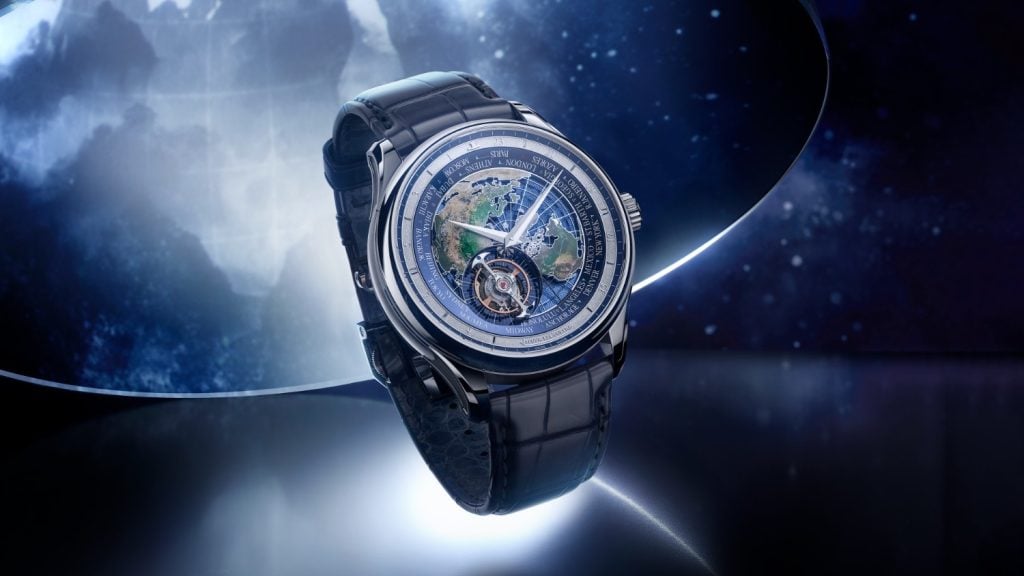
The worldtimer, on the other hand, operates as a visual atlas. Rather than two zones, it displays all of them, allowing the wearer to see, for example, when Tokyo is waking as London sleeps and New York prepares for lunch. It is less about practicality and more about perspective. A GMT helps you manage meetings across borders; a worldtimer reminds you that the world itself never sleeps.
How the Worldtimer Function Operates
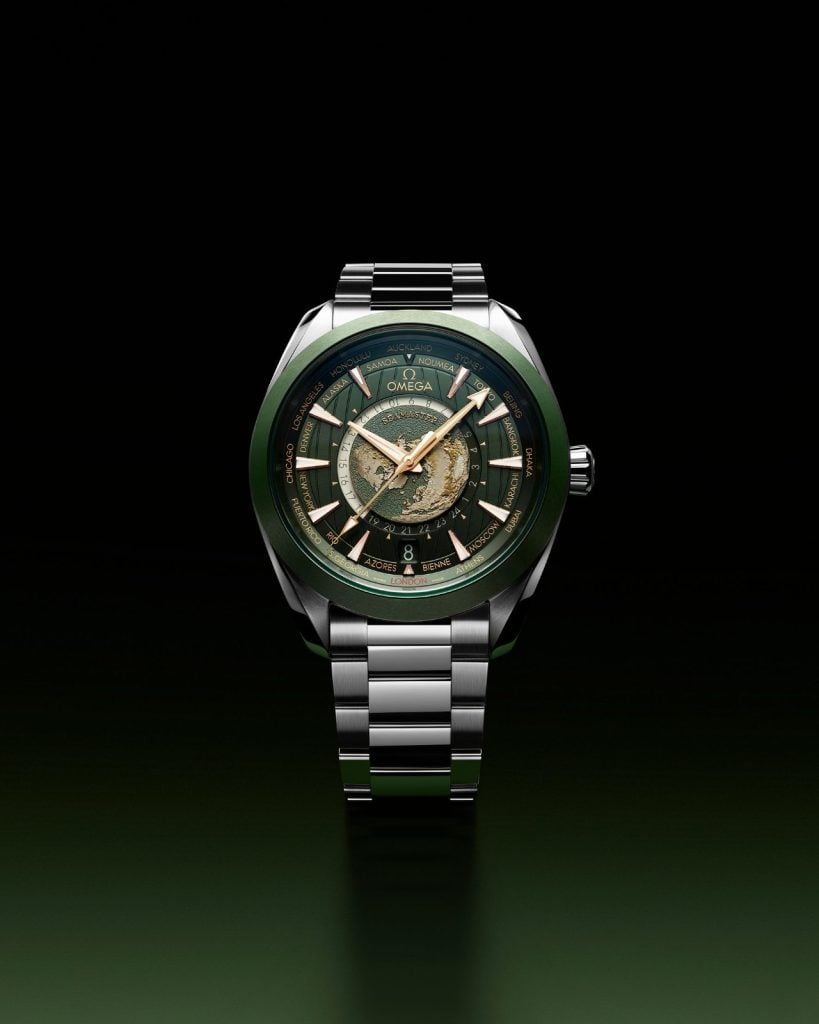
Mechanically, the worldtimer is a symphony of synchronisation. At its core lies a twenty-four-hour disc, which rotates once per day. Surrounding it is a ring of cities, each representing a time zone. When the wearer sets the watch to their local city, the disc automatically aligns the correct hours for every other location. As time advances, the disc and the cities remain perfectly in sync, continuously displaying the world’s shifting hours in a single view.
Many worldtimers include a day and night indicator, often expressed through a gradient or colour change on the disc, helping the wearer distinguish between sunrise and sunset across the globe. The setting mechanism is also a feat of engineering. In advanced models, adjusting the local city ring automatically shifts the hour hand, maintaining precise alignment with the world’s rotation without disturbing the minute hand. It is a subtle yet significant feature that reveals the depth of craftsmanship involved.
Manufacturers from Patek Philippe to Vacheron Constantin, Jaeger-LeCoultre to Montblanc, have refined this mechanism through decades, turning it into both a technical and aesthetic statement. Guilloché dials, cloisonné enamel maps, and engraved city names elevate the worldtimer into wearable art.
A Complication That Defines the Traveller’s Spirit
The worldtimer has become more than a technical curiosity; it has evolved into a cultural symbol. It represents the sophistication of global awareness, the romance of exploration and the intellect of those who think beyond borders. For the collector, it embodies the dialogue between science and art, between function and fantasy.

In contrast, the GMT remains the trusted companion of the pragmatic traveller — clear, robust and ready for action. It tells you when to call home. The worldtimer tells you why the world never sleeps. To wear one is to carry the planet on your wrist, to feel its pulse in every rotation of the hands. It reminds you that while time zones divide us, time itself unites us all. A worldtimer is not merely a watch. It is a story of human curiosity rendered in gears, hands and cities — a miniature map of time that moves as the world moves, without ever pausing to rest.
